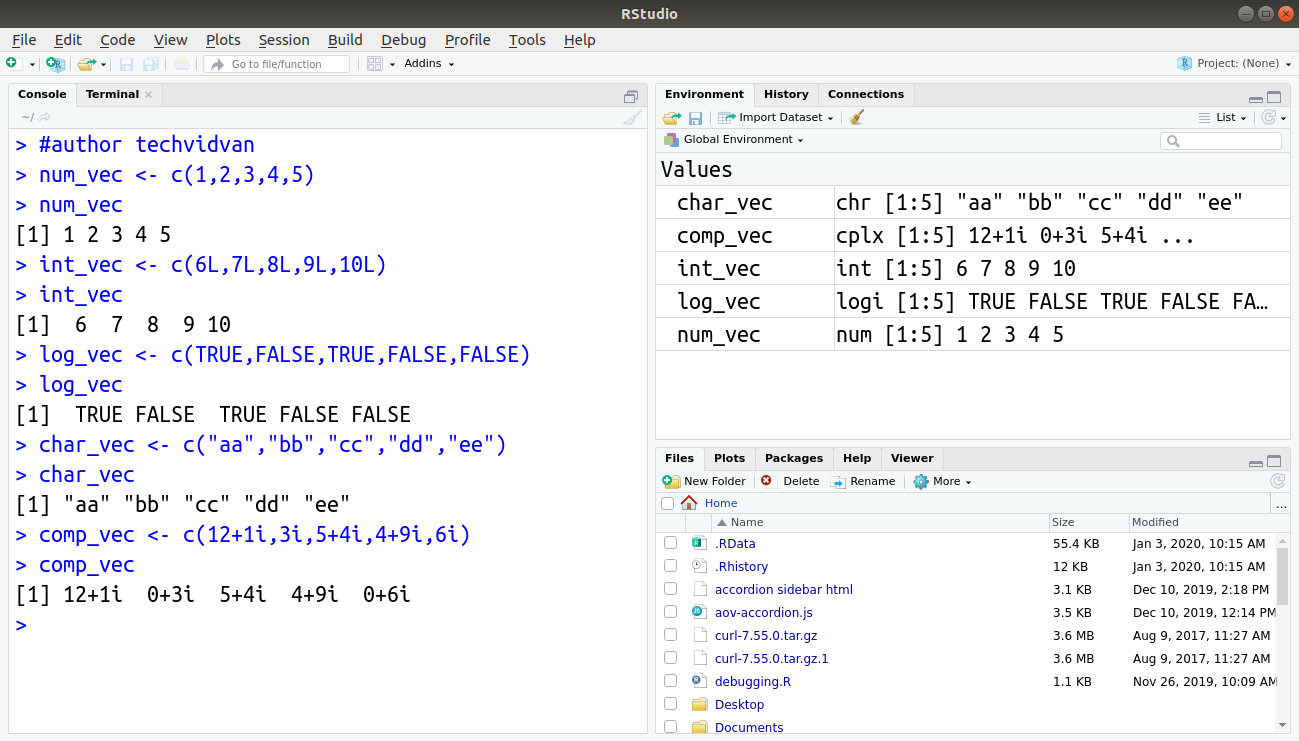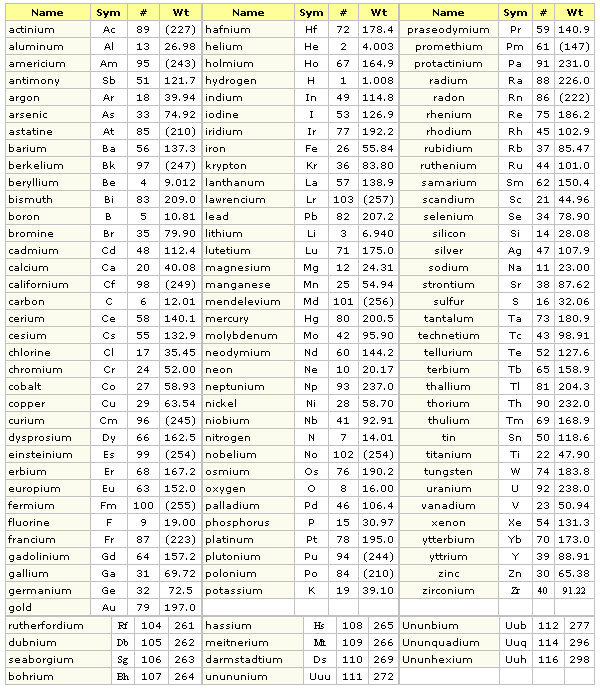


A type parameter is deemed optional if it has a default.

Look at the title page or cover of the work to determine whether it has a. TryĪ generic parameter default follows the following rules: In this article, we’ll learn to create named list in R using two different methods and different operations that can be performed on named lists. Follow these guidelines to format the names of group authors in the reference list.
#Find name of element in list in r how to#
In this R Tutorial, we learned how to check if an item is present in the list using %in% operator, with the help of examples.): Container Cannot find name 'Container'. To find the structure of List in R, you can use the str () method. Once we have created a vector, we often want to access the individual elements again. In other words, a list is a collection of vectors. Then change the name of the variable you assign it to. We know a list is a generic vector object. Nameoflist list( mentionlistelements) Consider an example of the Students record with Student name, roll number, section, the item they participate in an event. Output "Item is not present in the List." Conclusion The syntax for creating the list in R Programming. %in% operator must return FALSE, because the specified item is not present in the list. Now, let us take an item "m" which is not present in the list x. Print("Item is not present in the List.") Since, the expression item %in% x returns logical value, we can use this expression as a condition in R If statement.Įxample.R x <- list("a", "e", "i", "o", "u") In the following program, we take a list in x, and check if the item e is present in the list x. A simple data type containing a 32-bit big-endian integer: (see. Example 1: In this example, we are going to create a named list without using names () function. what are the names of the fields of the structure, by which they can be accessed. The above expression returns a logical value: TRUE or FALSE. The first one is by allocating the names to the elements while defining the list and another method is by using names () function. Left side operand is the item, and right side operand is the list.

Lets use the operator to get a vector of just the length column (called len ) from the. Parameters: Element - Required, the element whose index you would like to find. Sort the items of the list in place (the arguments can be used for sort customization, see sorted() for their explanation). The syntax of the expression to check if item item is present in list x is item %in% x This operation will then return the column you want as a vector. Here, list refers to the name of the list you are looking to search.


 0 kommentar(er)
0 kommentar(er)
